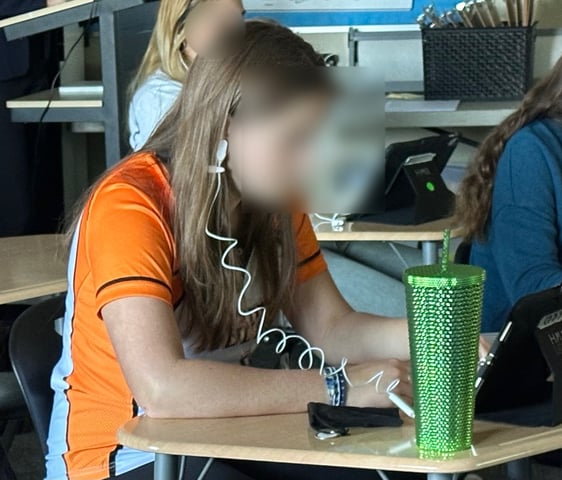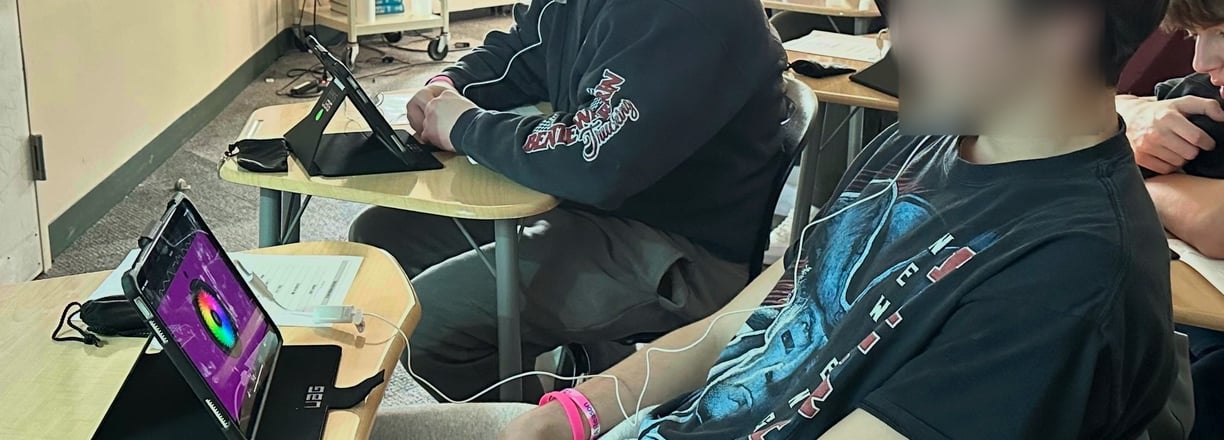
What is Biofeedback?
The process of biofeedback originates in the behavioral principles of “shaping.” Shaping is the process by which one modifies his or her behavior as a result of positive reward or information feedback, thus increasing the likelihood that the behavior will reoccur (Staddon & Cerutti, 2003). Shaping is done through operant conditioning, which is also the mechanics of why biofeedback works (Thompson & Thompson, 2015).
“This technique is valuable because when students develop the ability to learn and think independently, they can learn by themselves inside or outside of school, without the teacher’s guidance” (Gupta & Mehtani, 2017, p. 85).
Discover how biofeedback enhances neuropsychological evaluations for personalized learning strategies and interventions.
Understanding Learning Through Biofeedback
Biofeedback is the process of measuring the body’s physiological states while providing immediate feedback to the mind on how to change one’s psychophysiological activity (Weerdmeester et al., 2020). Many people already use biofeedback through smartphones, watches, and other activity-tracking devices (Cook & Sayeski, 2022).
It is most known for its non-pharmacological treatment of the body’s self-regulation process (Walsh, 1983; Zadina, 2023). The biofeedback process involves systematic monitoring of one’s physiological functioning through the use and acceptance of auditory or visual feedback to signal a behavior change (HeartMath Institute, 2020, 2018; Satter & Valdiya, 1999). A common example of biofeedback is using a thermometer to assess if a fever is present at the onset of the body feeling warm. If a fever is detected, the person will likely initiate behavioral change, such as taking a fever-reducer medication.
Biofeedback is not a new concept. However, it is not widely known among the public. Biofeedback research has demonstrated a connection between physiological responses from one’s heart rate and body temperature to be within human control, which has thus inspired future research to assess its impact on controlling human learning (Peper & Shaffer, 2018; Satter & Valdiya, 1999).
Promising research on using biofeedback strategies in education has shown statistical improvements in student behavior and academic achievement (HeartMath Institute, 2024).
At Neuropsychological Insights, LLC, Dr. Henry harnesses biofeedback to enhance learning strategies and interventions through comprehensive neuropsychological evaluations, providing valuable insights into individual learning processes.




Implement Biofeedback at Your School
AND
Start Improving Your Students' Self-Regulation!
Consult with Dr. Henry Today!


In education, biofeedback training interventions have improved students' readiness to learn, focus, and restore feelings of well-being (Frank, 2023). The Blue Menu of Evidence-Based Psychosocial Interventions for Youth, regularly updated using the PracticeWise Evidence-Based Services (PWEBS) Database for the period of April 2023 to September 2023, reported biofeedback to be “the best support” with the highest strength of evidence (for reliability of findings) for attention and hyperactivity behaviors (the most common mental disorder in children; reported by the National Center for Health Statistics, 2024).
Student Testimonials
(Dr. Henry implemented a biofeedback intervention at a local high school)
"I enjoyed doing this at the beginning of class because it gets me ready for this period. Especially on Mondays, doing this just for five minutes really allows me to know what I need to do for this class."
"I thought it was interesting to see how I was feeling through my coherence level, I noticed that I would strive to get achievement points rather than trying to focus on working on my coherence level."
"I enjoyed it because it was something I could challenge myself on. For example, I could try and get a higher coherence score than last time or even change the difficulty to make it harder."
"I liked seeing what I could do to make the feedback change. For example, taking longer breaths or thinking about something positive, can cause a change in your feedback. It also helped me to figure out what works for my body, and how some things are better for me, while other things don't really work."
"I would sometimes use it if I was preparing for something physical. An example of this was during practice or before a race so I could concentrate on myself and feel calm rather than nervous and unfocused."
"It always stayed kind of in the back of my head- that slowing down, taking things one step at a time, and controlling my breaths is really good for me. For example, I had an orchestra concert, and before it, I tried calming my nerves by using what I learned from the biofeedback."
Understanding learning and performance through a neuropsychological evaluation using biofeedback!
info@neuropsychinsights.com
www.neuropsychinsights.com
LOCATION: 26 Millyard Suite 7 Amesbury, MA 01913
© 2024. All rights reserved.
